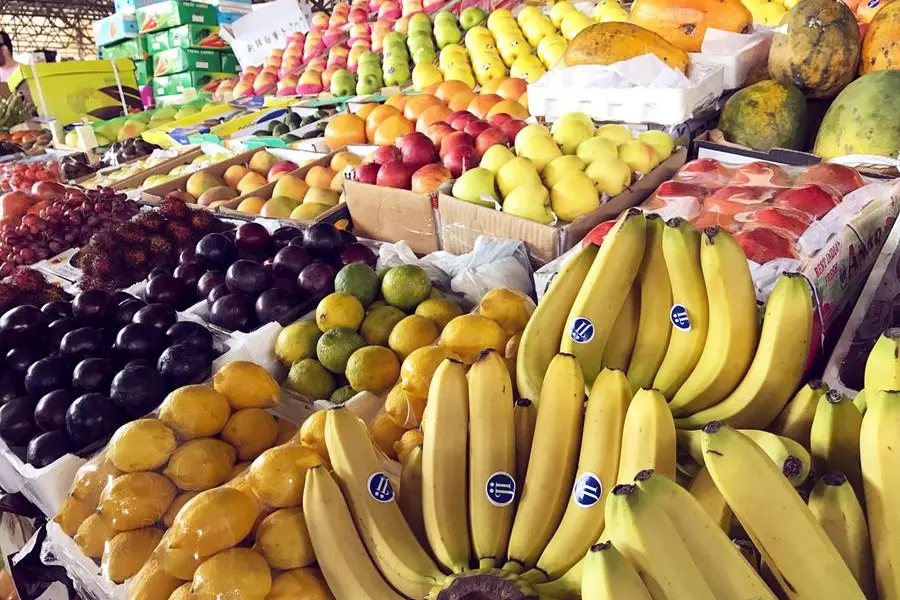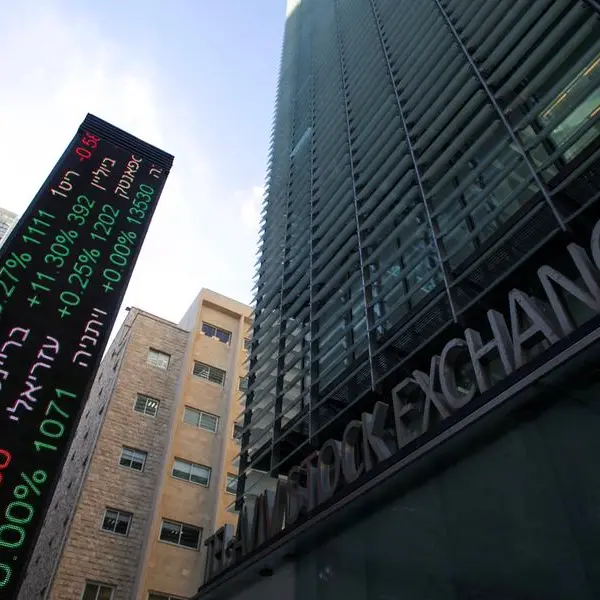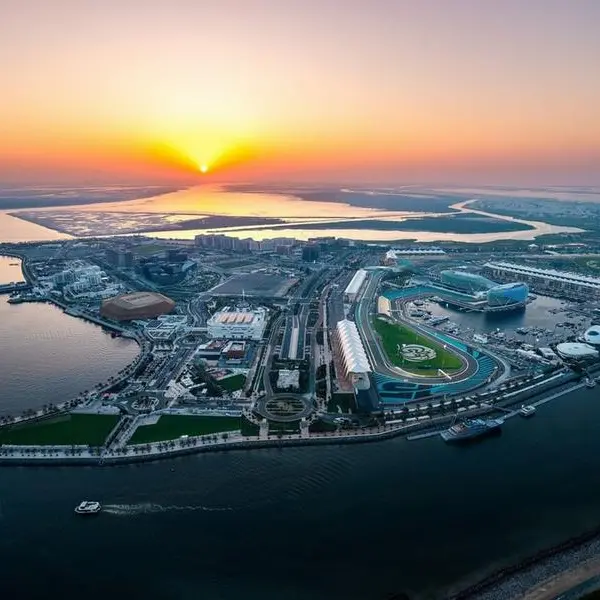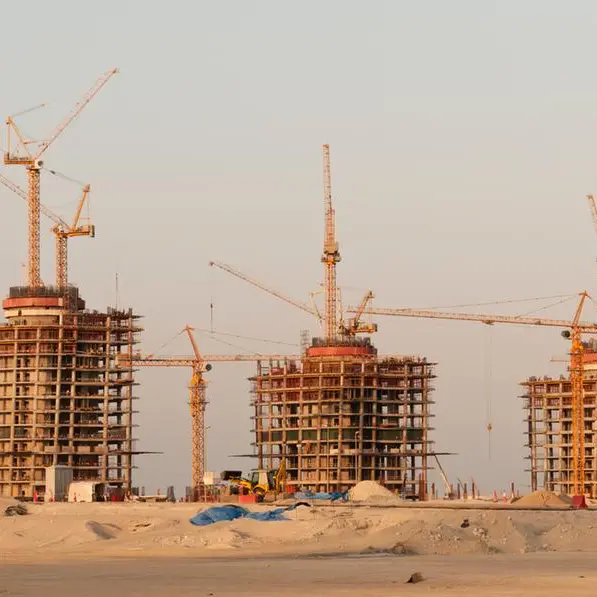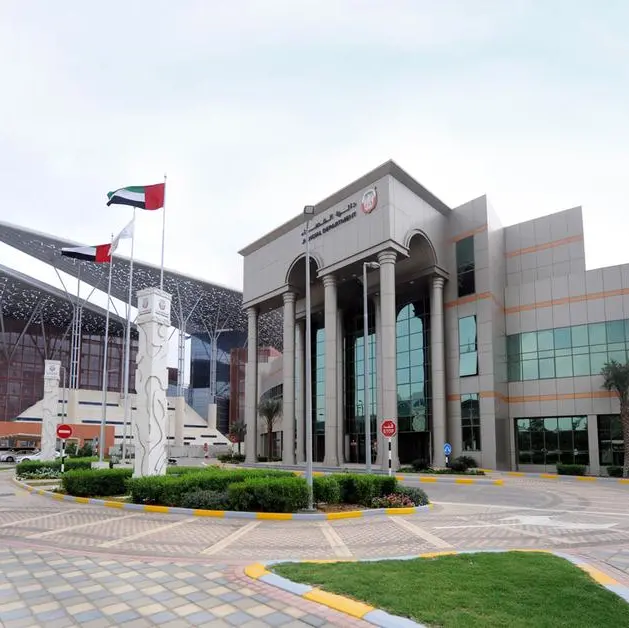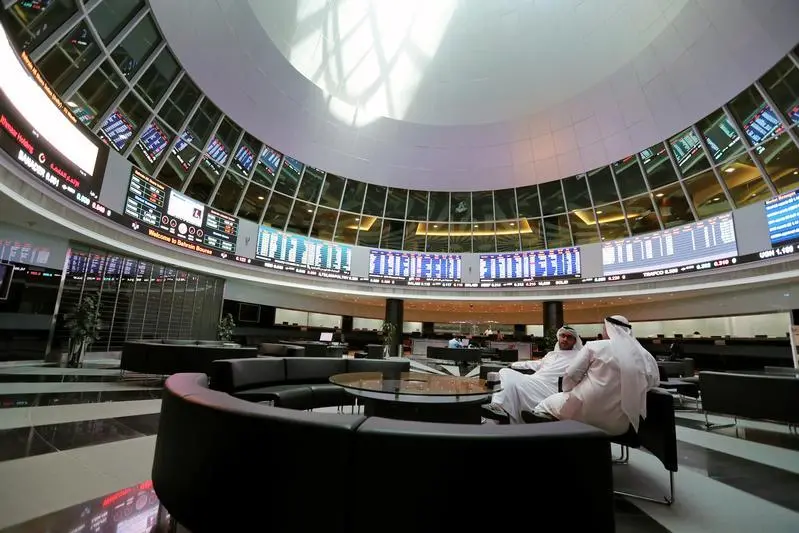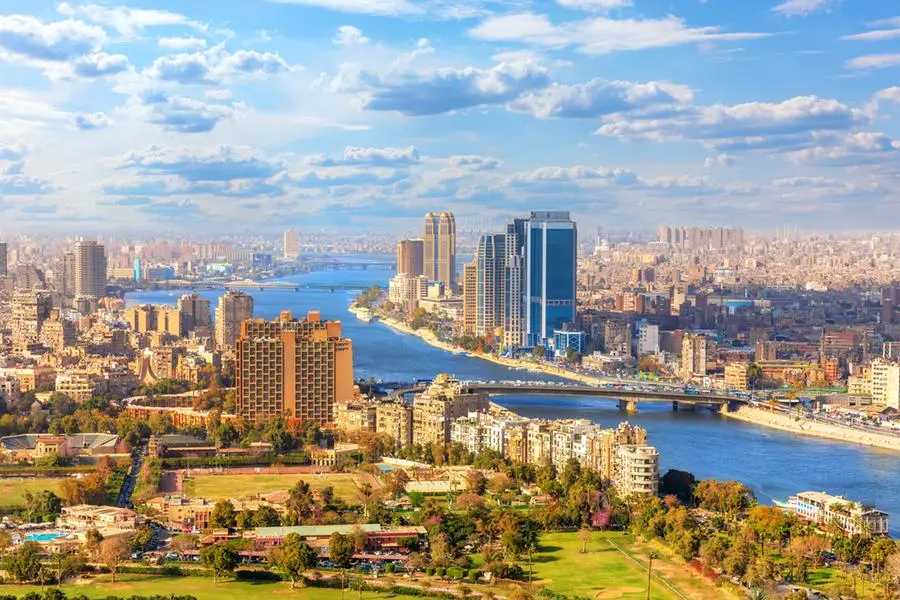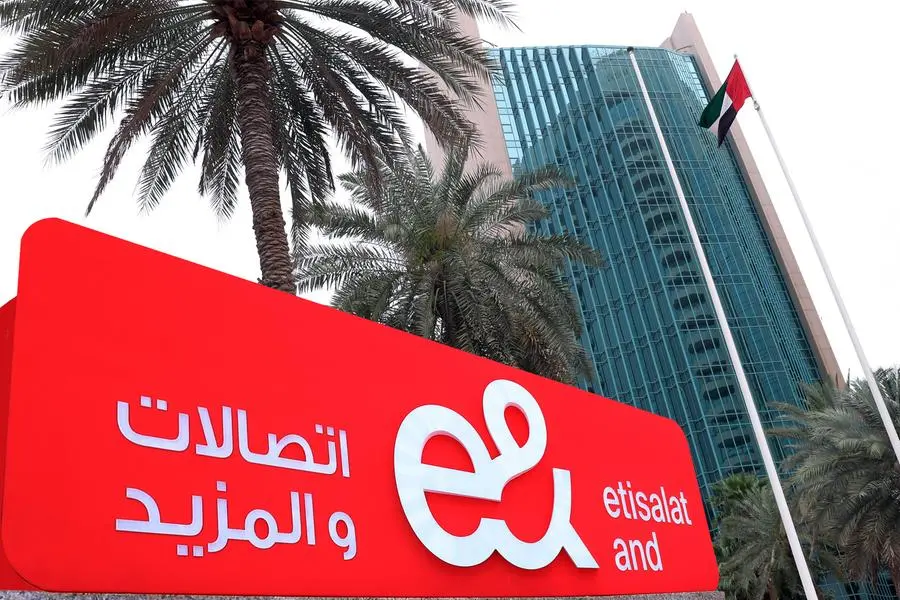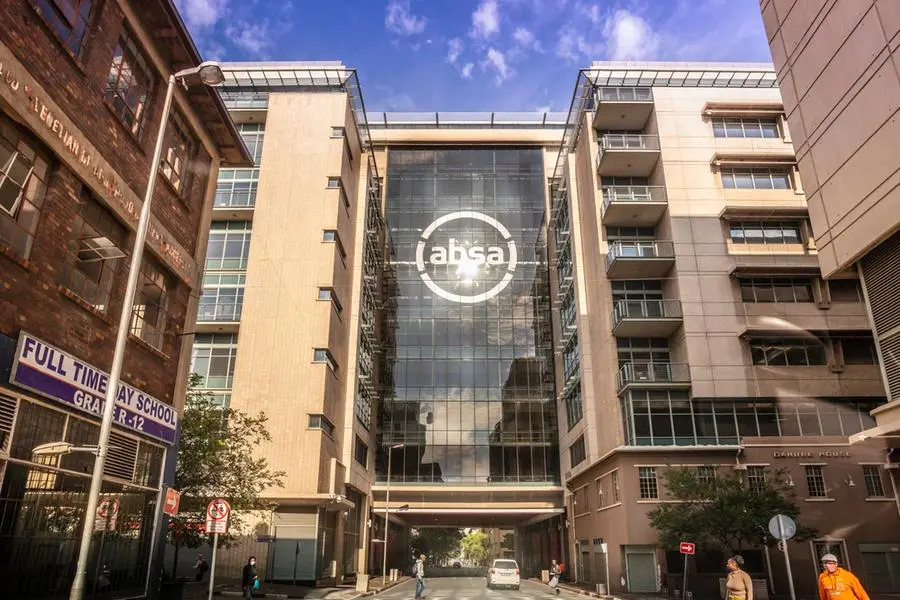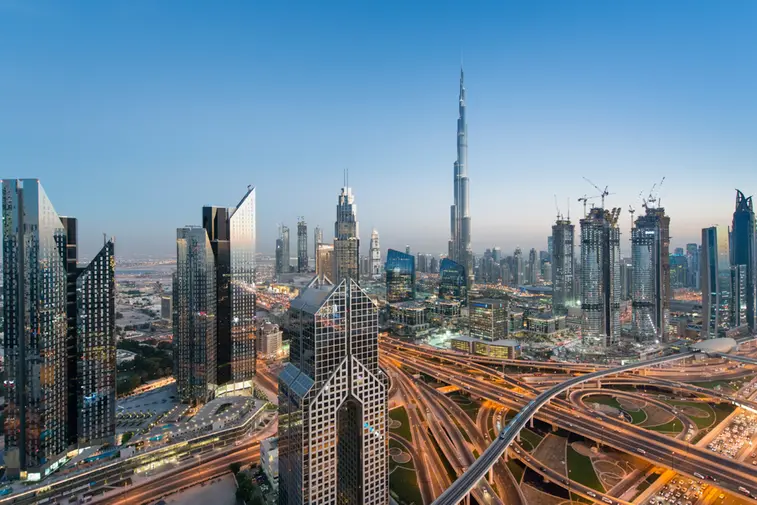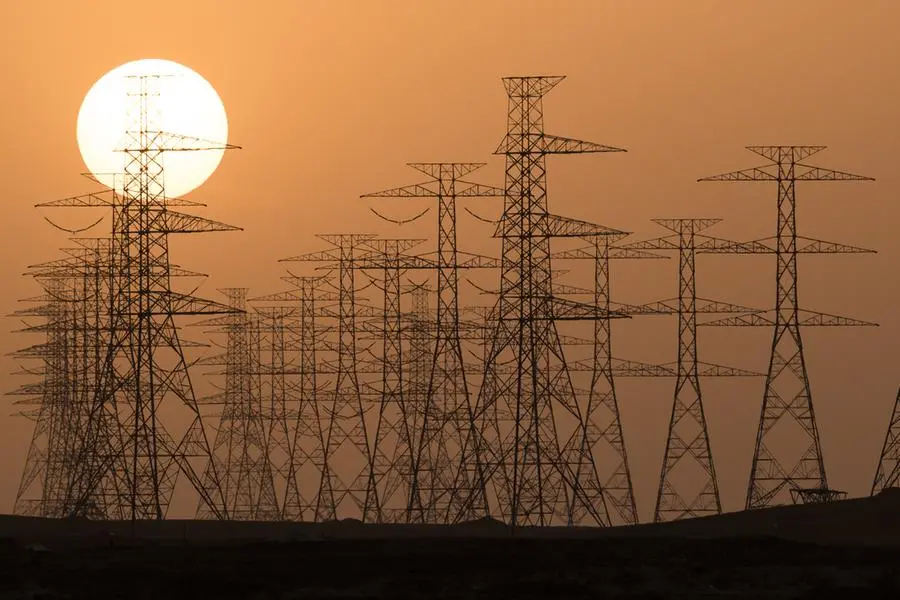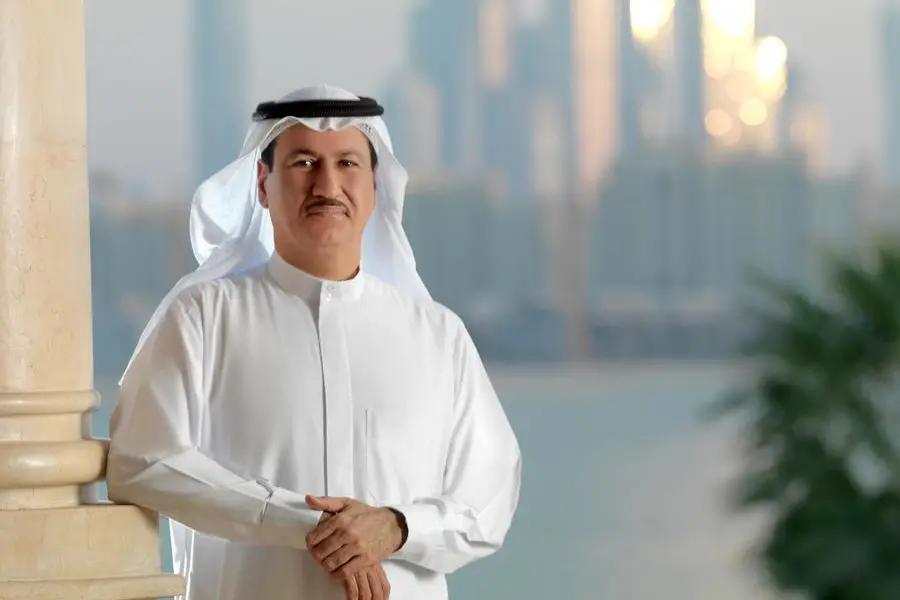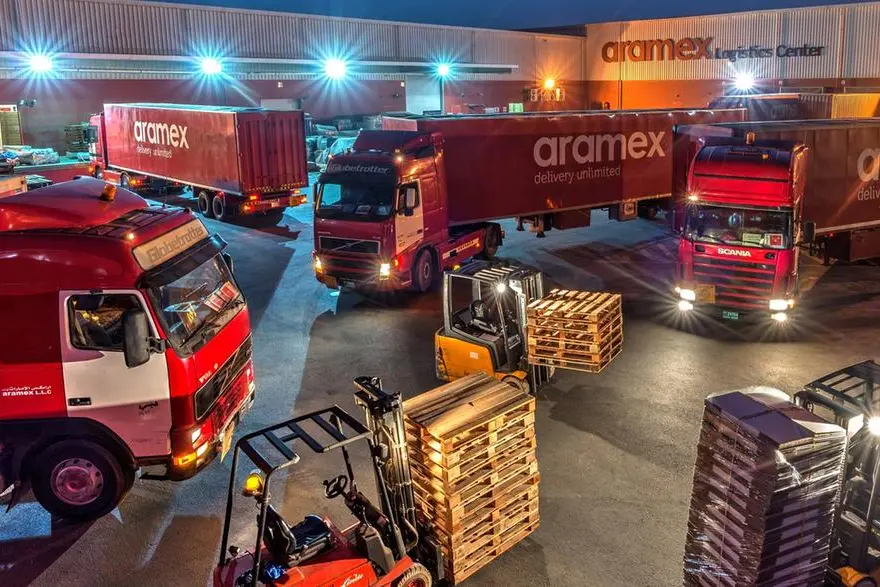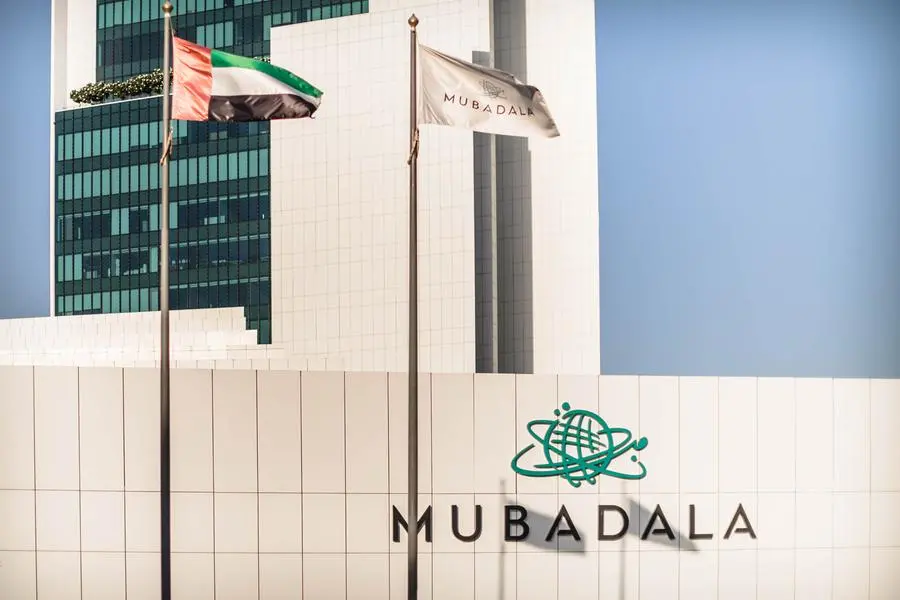PHOTO
Fresh fruits displayed for sale at Fruit and Vegetable Market in Dubai, United Arab Emirates. Getty Images
The future of agriculture is amidst us here in the UAE. The world's largest vertical farm in the UAE is promising to deliver one million kilograms of green leafy vegetables a year, with the plants going from seed to harvest in just six weeks while utilising 95% less water than traditional farming methods.
The farm that began operation earlier this year utilises the hydroponics method of cultivation and currently grows spinach, kale, arugula and four varieties of lettuce, namely Romaine, Ruby Sky, Lalique and Batavia.
It is recommended not to wash these leafy greens before use due to the non-contaminated, carefully controlled process in which they are grown. The harvested produce from this facility is expected to be available in retail outlets by the end of this month.
Located near Dubai World Central, Al Maktoum International Airport, the venture is a milestone for the UAE and was toured by His Highness Sheikh Mohammed bin Rashid Al Maktoum last month. Bustanica, which means your orchard in Arabic, is a joint venture between Emirates Flight Catering (EKFC), one of the world’s largest catering operations serving more than 100 airlines, and Crop One, an industry leader in technology-driven indoor vertical farming.
During a media tour, the team of experts at the facility walked Khaleej Times team through the process of growing crops, from planting the seed to harvesting the leaves multiple times.
Seed planting
The first stop of the tour is at the Plant Development Unit (PDU) where the seeds to be planted are carefully selected to suit the conditions. Here, they are sown into single pod-like growth material either by hand or vacuum sowing methods. "Generally, non-lettuces are hand sown because they are smaller," said Robert Fellows, Production Director, Bustanica. "The vacuum sowing method can sow 162 seeds in 40 seconds. So it is a lot quicker."
Once the seeds are sown, they are kept in the PDU for up to two weeks. Here they are wetted and subjected to dark treatment to mimic the conditions of traditional agriculture. “The purpose of this is to grow the healthiest plantlets possible,” said Robert Fellows.
Harvesting
After two weeks, the young plants are transported to one of the 27 Modular Grow Units (MGU), where they are spaced out and planted into the boards which has only water underneath it. Over 45,000 plants can be grown in one MGU.
Within six weeks, the plants are fully grown and ready to be harvested. The facility harvests all its crops multiple times to make optimum use of the resources that is put in. “The benefit of multiple harvests is that since the roots are established, the crops will go quicker each time,” said Aaron Moore, Production Manager at the facility. The facility does not use any pesticide or fertilizers and cultivates produce of the highest quality.
“We pride ourselves about our quality,” said Robert Fellows. “Irrespective of which time of the year it is, we are able to produce the same quality of crops all year round.”
Due to the controlled manner in which the crops are grown, the produce is uncontaminated and ready to be consumed without even being washed and will stay fresh for several weeks in a refrigerator.
Technology
Technology is at the heart of the functioning of Bustanica. “We control every element within a MGU,” said Aaron Moore. “From the room temperature to the humidity, the air quality and the water quality is overseen by us. We also have an automatic dosing system that allows us to control the nutrients that are being introduced into the water.”
Moore walks around with an iPad with him at all times which allows him to monitor the conditions of every MGU at all times. “The rooms are monitored 24*7,” he said. “Data collection is a key aspect for us. If there was a system issue or anything of that sort, everyone would react immediately. It allows us to preemptively solve issues before they arise.
The crops that are grown without soil have their roots submerged in purified water which is monitored for nutrients at all times. The overhead LED lights are adjusted according to the growth of the plants.
Bustanica also takes sustainability very seriously and does everything it can to reduce its carbon footprint. Even though it utilizes 95% less water than traditional agriculture, the farm reuses its water. The moisture that fully the grown plants produce is collected using a HVAC system and recycled within the plant.
The final produce, which is packed in recycled plastic containers, will be introduced into the meals of several flights operated by EKFC in a phased manner. These will also be available for consumers to buy at leading retail outlets soon. "We will be looking at what kind of response we will get from people and then decide whether to cultivate more crops," said Aaron Moore. "We are considering the possibilities of strawberries and tomato as well. However, for now we are going to stick to the green leafy vegetables."
Copyright © 2022 Khaleej Times. All Rights Reserved. Provided by SyndiGate Media Inc. (Syndigate.info).
